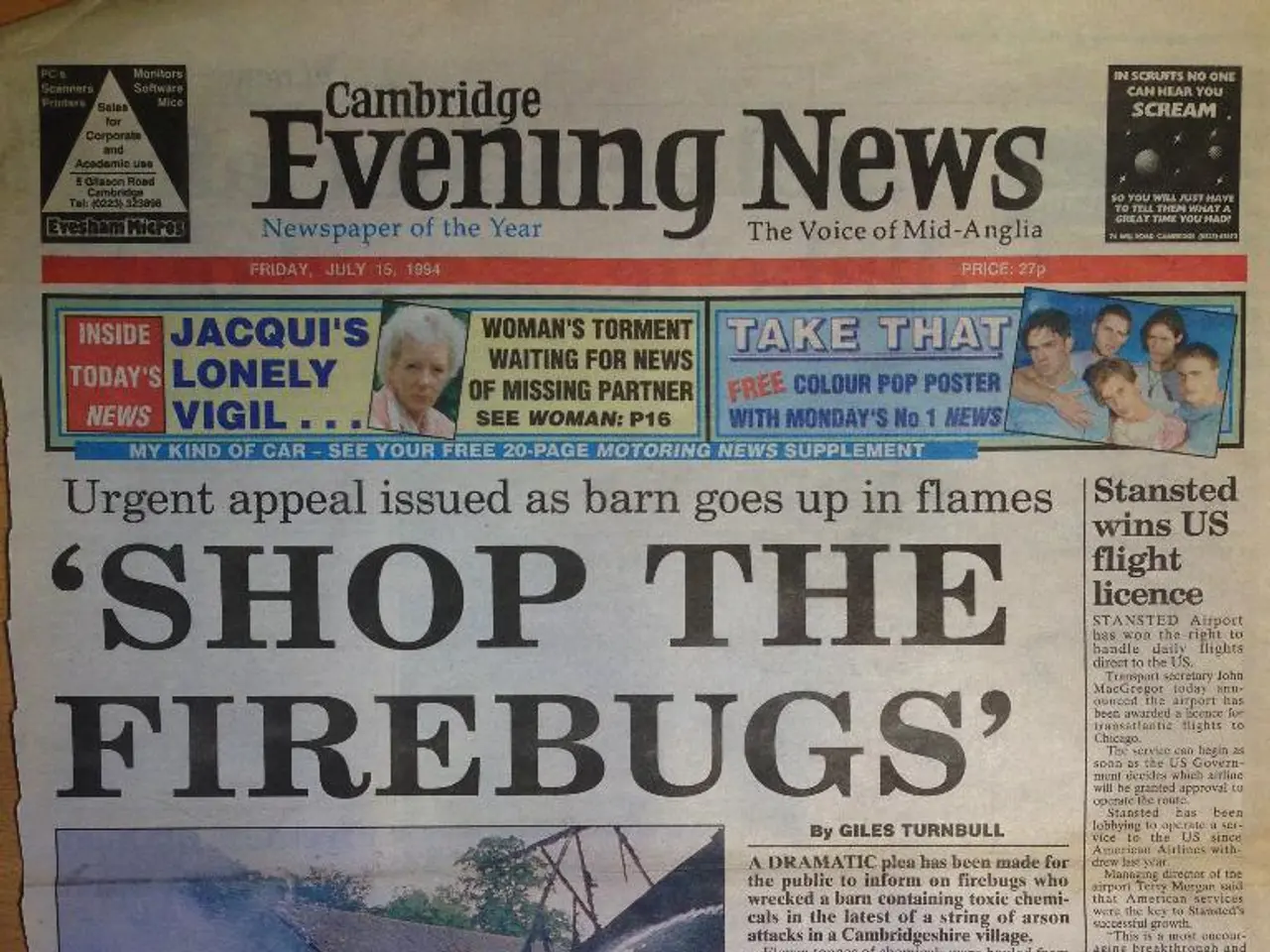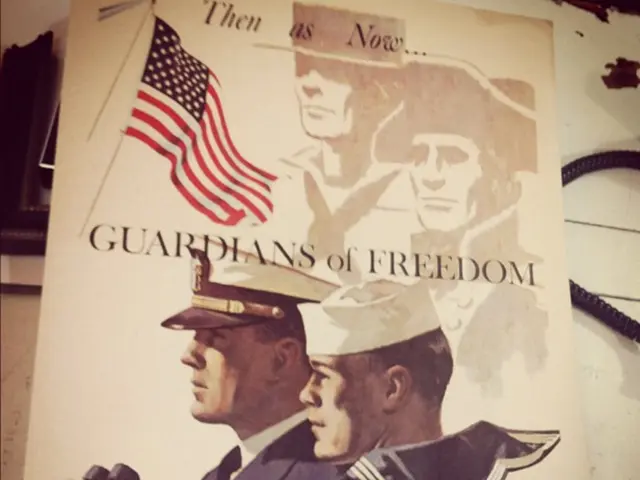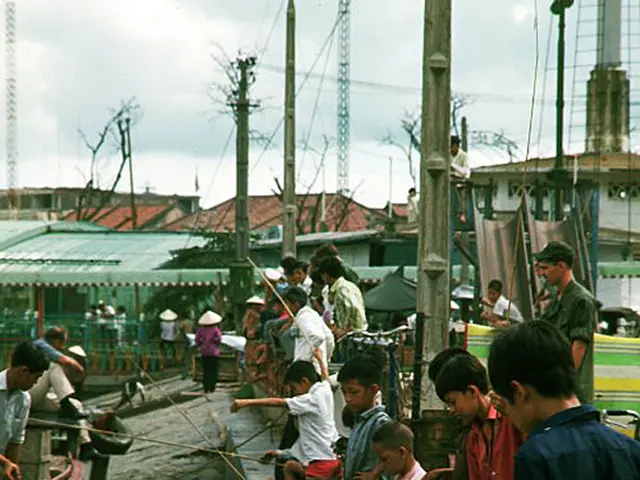Unsettling Escalation in Gaza
In recent times, the ongoing crisis in Gaza has gained prominence in the media, with concerns for the physical safety of journalists in the region and the dire state of malnutrition among its inhabitants.
Peter Beinart, a CNN panelist, has questioned why it took so long for the starvation story to become prominent in the media. This delay comes as several major international outlets have called on Israel to allow starving media workers out and their reporters in, so they might see for themselves what's happening inside Gaza.
The Committee to Protect Journalists (CPJ) has expressed concern for the safety of journalists in Gaza, citing online attacks and false accusations by Israeli military spokespersons. Journalists in Gaza continue to face threats since Hamas attacked Israel from the enclave on October 7, 2023, and Israel responded by bombarding the territory.
The Integrated Food Security Phase Classification, a UN-backed initiative, reports that the 'worst-case scenario of famine is currently playing out in the Gaza Strip.' This has been substantiated by imagery of severely malnourished children from Gaza, which has been widely shared and has been a significant factor in increasing public awareness of the situation.
Israel's decision to block aid between March and May and the way it ended the blockade have been linked to the malnutrition in Gaza. However, Israel has mostly refused to let reporters from outside Gaza enter the territory, allowing only a few in under military escort.
The CPJ's count of journalists killed since October 7 currently stands at 186, with other groups estimating the figure to be over two hundred. An association representing journalists at the news agency Agence France-Presse has warned that their colleagues in Gaza are starving to death. Meghnad Bose shared testimony from journalists in Gaza in a piece for CJR, detailing their struggles with hunger and exhaustion.
In a surprising turn of events, Benjamin Netanyahu, the prime minister of Israel, appeared on podcasts and Web shows popular among young American men, known as the 'manosphere.' During his visit to the US, Netanyahu sat down with the Nelk Boys, a pro-Trump prankster collective. This move was met with criticism, as Israel has been accused of disrupting aid supplies to Gaza, but senior Israeli military officials have not provided evidence of systematic theft of supplies from the UN, the biggest supplier of aid.
In the midst of these controversies, Netanyahu has made claims such as 'there is no starvation in Gaza.' However, his statements have been refuted, with former CNN correspondent Alex Marquardt observing a significant increase in posts about the horrors in Gaza from people who rarely or never posted about the issue before. Abby Phillip, a former colleague of Marquardt, described the imagery as an 'inflection point.'
The British tabloid, the Daily Express, featured an image from Gaza on its front page, which was subsequently called into question by critics. The BBC's Jeremy Bowen was allowed to film on a Jordanian plane that air-dropped aid packages into Gaza, but was not allowed to film out of the windows.
Amidst these challenges, journalists in Gaza continue to report, sharing the reality of the situation on the ground. However, their safety remains a significant concern.
Read also:
- Prevent Profit-Driven Exploitation of Our Community's Healthcare Resources
- Increase in Uninsured Individuals Poses Challenges for Local Health Care Infrastructure
- Ontario broadens pharmacist roles, considering relaxation of regulations for various professions
- Foreign leaders,counting 27 Foreign Ministers, express concern over the dire circumstance in Gaza, labelling it as unprecedented and unfathomable.








